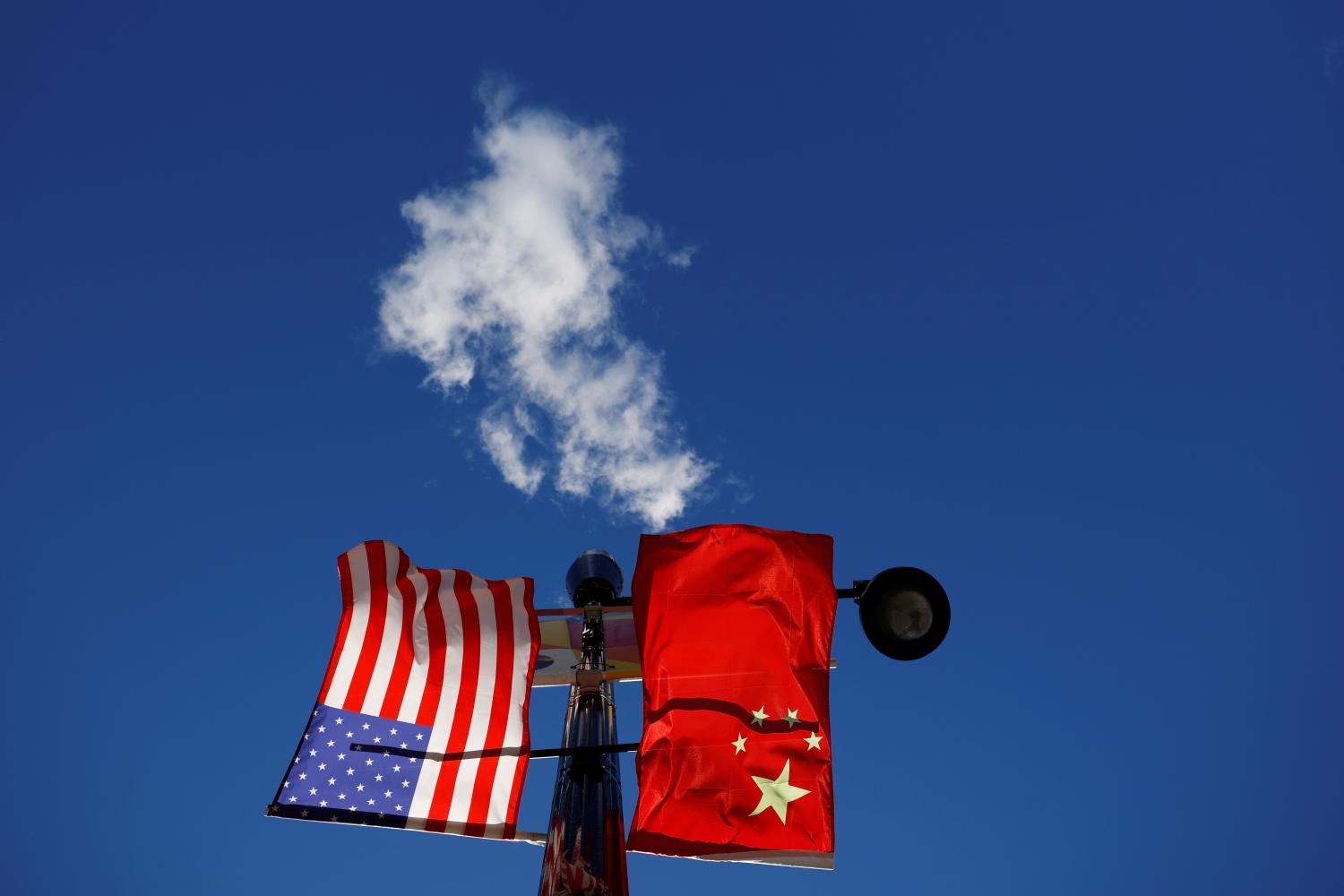Executive Summary
 In his National Security Strategy, U.S. President Joe Biden outlined his view of global competition with China and the American desire to “work in lockstep with our allies and partners and with all those who share our interests.”1 But this desire for cooperation faces an obvious problem: Many countries would rather not choose sides, and they gain leverage from playing great powers off each other. The problem is especially acute in regions where America’s emphasis on liberal democracy contradicts the interests of some of the regions’ governments.
In his National Security Strategy, U.S. President Joe Biden outlined his view of global competition with China and the American desire to “work in lockstep with our allies and partners and with all those who share our interests.”1 But this desire for cooperation faces an obvious problem: Many countries would rather not choose sides, and they gain leverage from playing great powers off each other. The problem is especially acute in regions where America’s emphasis on liberal democracy contradicts the interests of some of the regions’ governments.
This policy brief focuses on China’s engagement with these new “non-aligned” countries in global competition, especially countries in South Asia, the Middle East, and the Horn of Africa. There is a risk of taking Cold War analogies — such as non-alignment — too far, of course. Here we mean countries that prefer a less-then-clear alignment with the United States or China. China’s relationship with Pakistan is examined closely, as it may best exemplify Beijing’s model for dealing with such countries, but it is important to recognize that China has no one-size-fits-all approach to great power competition and, therefore, neither should the United States. In many countries, China has used extensive economic engagement as a prequel and precursor for strategic and political influence — using economic clout to yield a strategic advantage. Beijing’s model is truly global: As one senior Western official put it, “They are putting their pieces all over the board.”2 The model meets the needs of regional countries that are seeking to diversify their relationships in what they perceive as an increasingly multipolar world. These factors present a challenge as well as an opportunity for U.S. policy.
In regions where the United States cannot count on a country’s preference for the U.S.-led global order, it needs to:
- adopt a flexible approach, eschewing one-size-fits-all postures and prioritizing relationship-specific and region-specific solutions;
- narrow its focuses in the context of global competition to the issues most important to U.S. goals, avoiding sweeping “with-us-or-against-us” postures that may play into competitors’ hands;
- apply robust bilateral and multilateral pressure in the policy realms identified as most important to U.S. interests or values in each relationship;
- leave some space for the Chinese-led model to falter unhindered (China’s posture suffers from some inherent weaknesses with some non-aligned countries; the United States would do well to exercise patience where these weaknesses are most apparent); and
- recognize the importance of diplomacy, including commercial diplomacy, and capitalize on the United States’ and its allies’ advantages in economic engagement.
-
Acknowledgements and disclosures
The authors would like to thank Kevin Huggard for research assistance, Lori Merritt for edits, and Rachel Slattery for design. In addition, the authors thank Michael E. O’Hanlon, Jeffrey Feltman, Yun Sun, and Andrew Small for valuable discussions.
-
Footnotes
- National Security Strategy, The White House, Washington DC, October 12, 2022, https://www.whitehouse.gov/wp-content/uploads/2022/10/Biden-Harris-Administrations-National-Security-Strategy-10.2022.pdf.
- “China is exerting greater power across Asia — and beyond,” The Economist, October 10, 2022, https://www.economist.com/special-report/2022/10/10/china-is-exerting-greater-power-across-asia-and-beyond.








